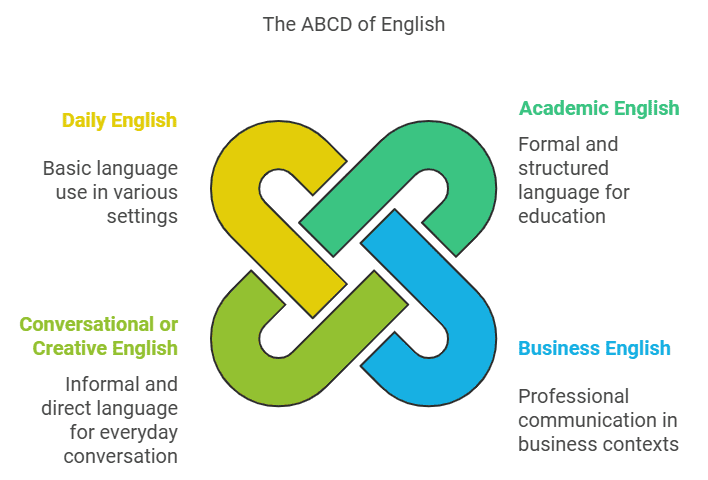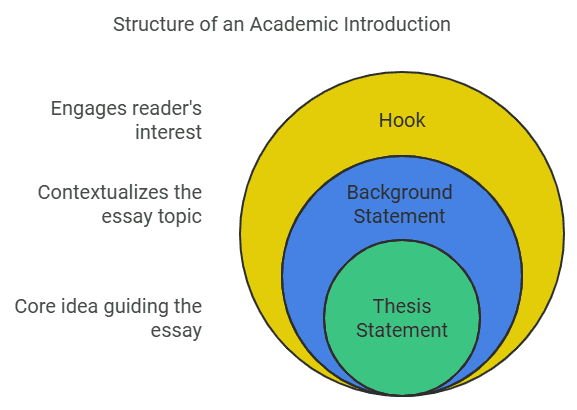
What Makes Academic Writing “Academic” ?
Understanding the Key Features of Academic Writing
One concern many students have is not knowing the difference between regular English and academic English. Recently, I developed a formula to explain different types of English: the ABCD of English.
- A stands for Academic English. Academic English is used to educate people, not for casual conversation. It’s more formal and structured, like a lecture. You’ll rarely see personal pronouns in academic writing. Instead, it focuses on presenting information in a clear, informative, and organized way.
- B stands for Business English. Business English is similar to academic English in its formal tone. The goal is to communicate professionally, so it is best to avoid personal pronouns when they’re not necessary. Ideas should be concise and clear.
- C stands for Conversational or Creative English. This type of English is common in everyday spoken language or informal writing. It’s more direct and often uses pronouns like “you” and “them.” It doesn’t need to be as formal, as it’s more about conveying ideas between the speaker and listener.
- D is for Daily English. This is very basic English that everyone can use. It mixes formal and informal language depending on the setting and the need.

What Makes Academic Writing Academic?
One key feature of academic writing is its structure. Let’s look at how academic writing is typically organized, starting with the introduction.
The Introduction
The introduction in academic writing has three main parts: the hook, the background statement (or general statement), and the thesis statement.
- The Hook: This is an optional part of an introduction, used to engage the reader’s interest at the beginning. In some exams, like the IELTS or TOEFL, a hook is not necessary because it can be time-consuming to create and does not impact the score.
- The Background or General Statement: This statement introduces the essay topic. In an academic exam, this is often a paraphrased version of the question prompt. Paraphrasing shows the writer’s ability to express ideas in different words and structures. Using the exact words from the prompt can make the essay less effective, especially in exams like the IELTS.
- The Thesis Statement: This is the main idea of the essay, providing an overview of what the reader can expect. A strong thesis guides the reader without giving away all the details, encouraging them to read further. Common mistakes in writing a thesis include giving a direct answer without adding interest, which can make the essay feel complete too early. An effective thesis should help create a structure for the body of the essay and motivate the writer to elaborate on their ideas.

Summary
To write an effective academic essay, start by improving the introduction. This sets the foundation for a well-structured essay and helps establish a more academic tone.
Looking Ahead
In the next article, we will dive deeper into the body paragraphs of academic writing. The body of an academic essay is where the main ideas and arguments are developed in detail. We will explore how to structure these paragraphs effectively and provide tips on how to present evidence, analysis, and explanation clearly and logically. Stay tuned to learn how to make your body paragraphs as strong as your introduction!
Check IELTS Writing Easy

Ian Tanpiuco – Virtual Assistant, Educatorian, and IELTS Rizz Tutor. Ian’s goal is to enhance his students’ IELTS scores through a comprehensive curriculum that focuses on understanding rather than mere memorization.

